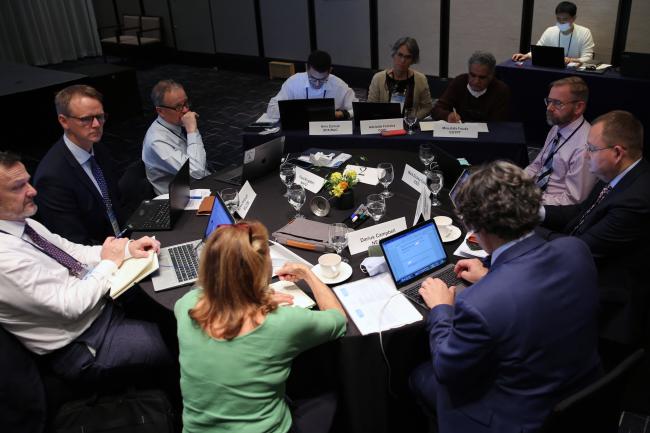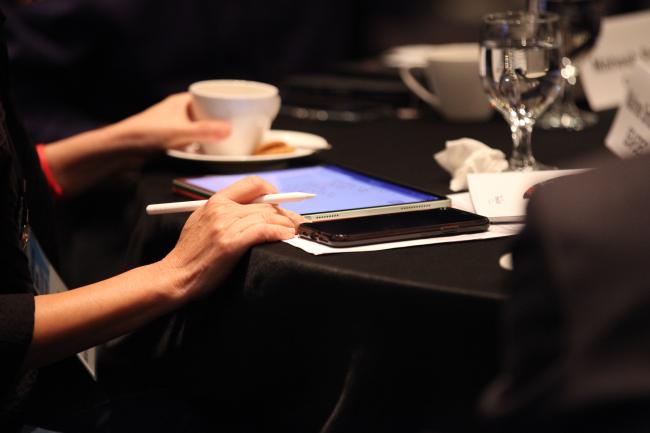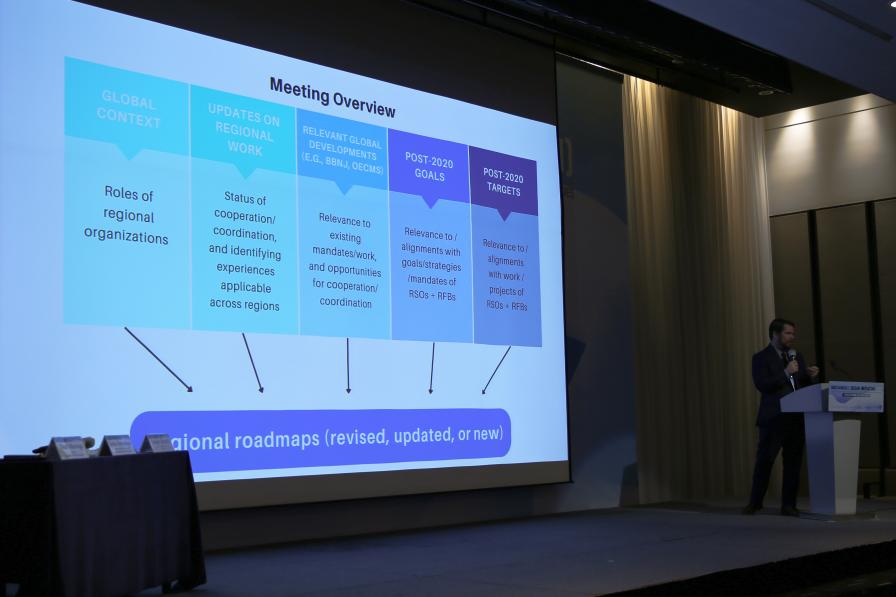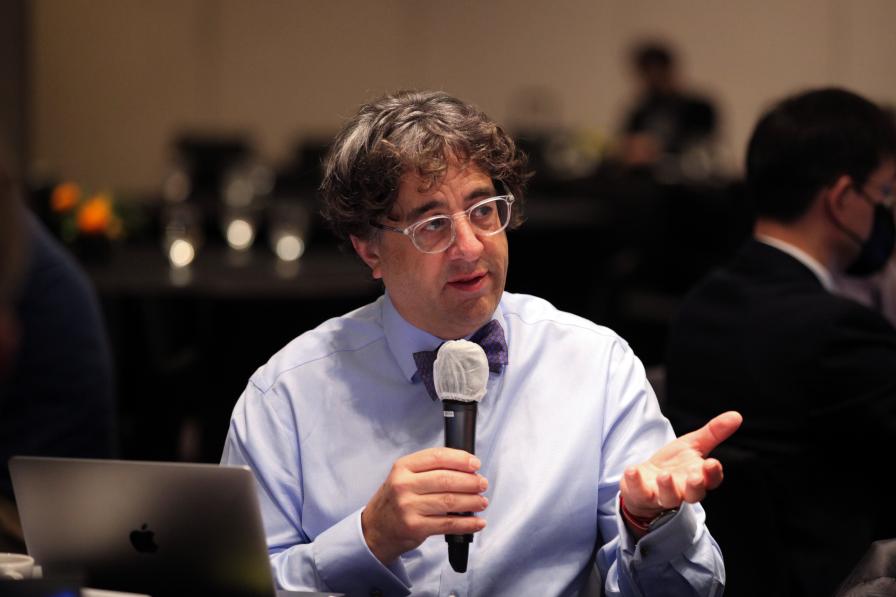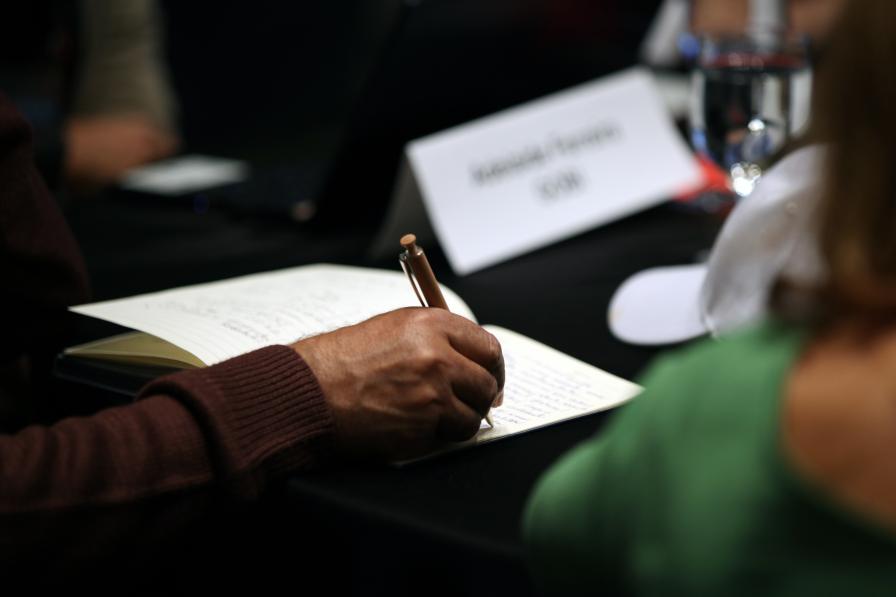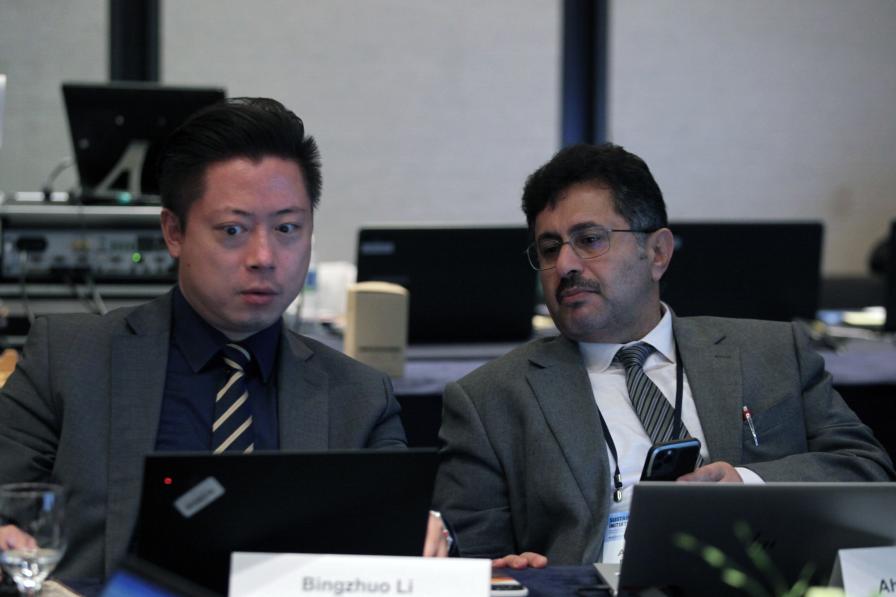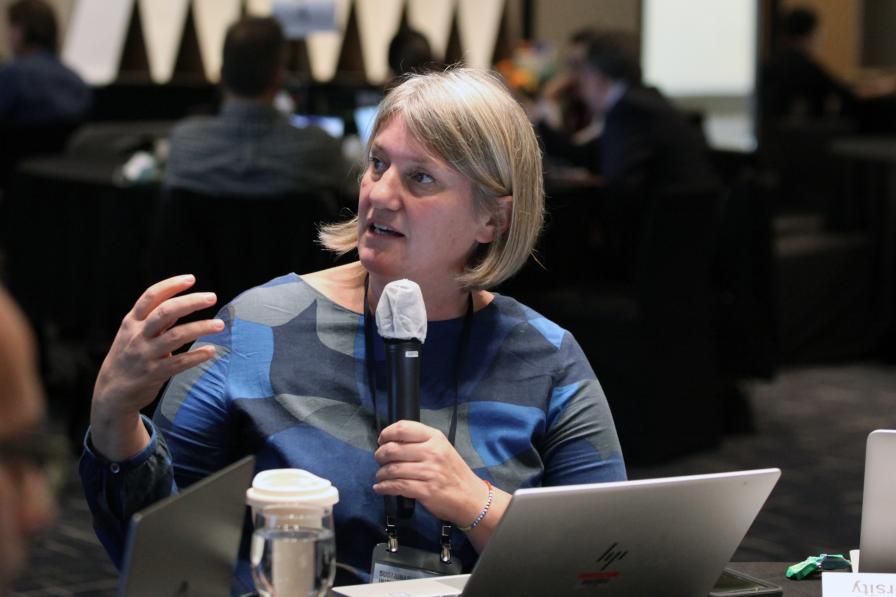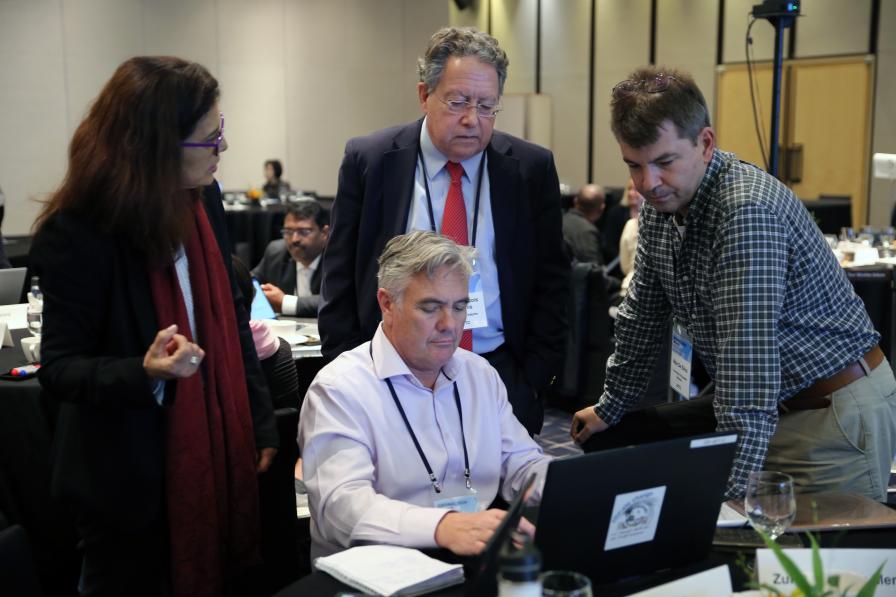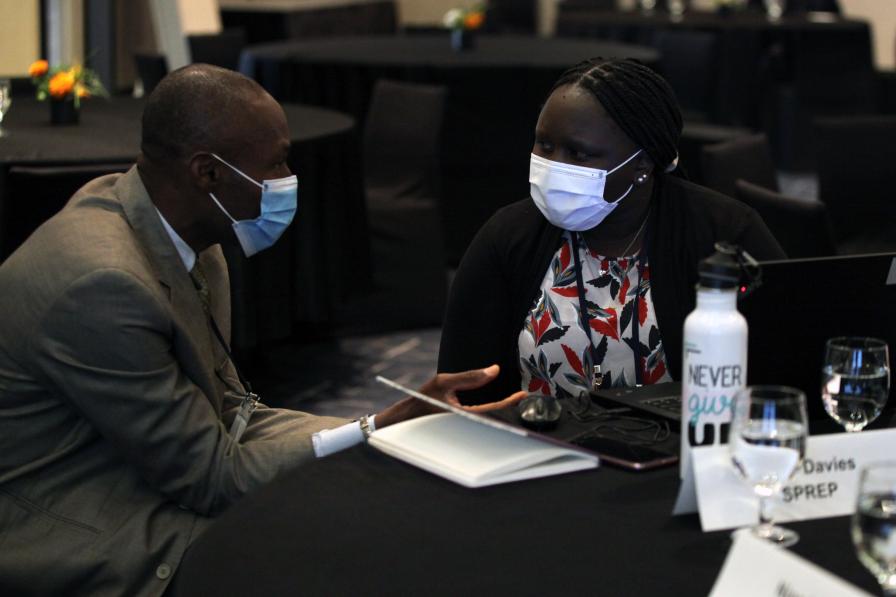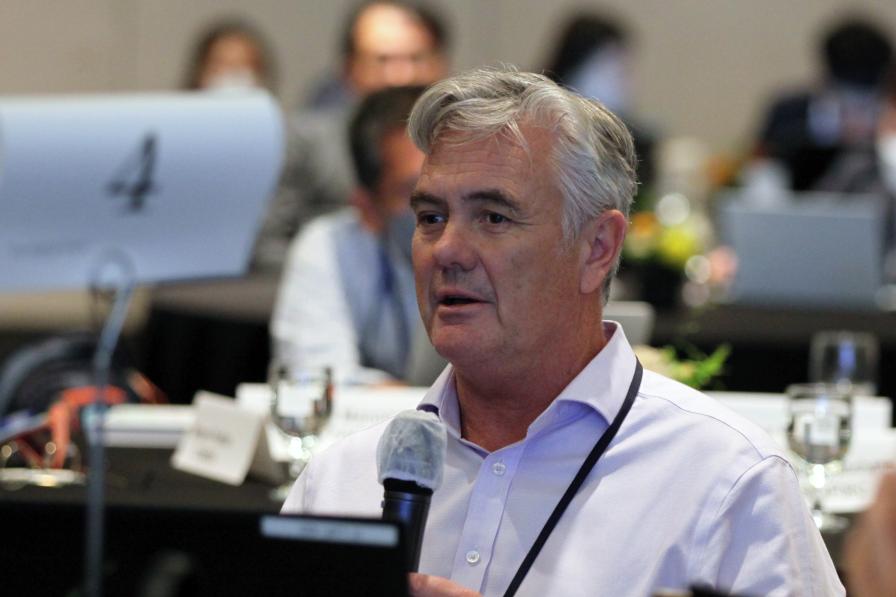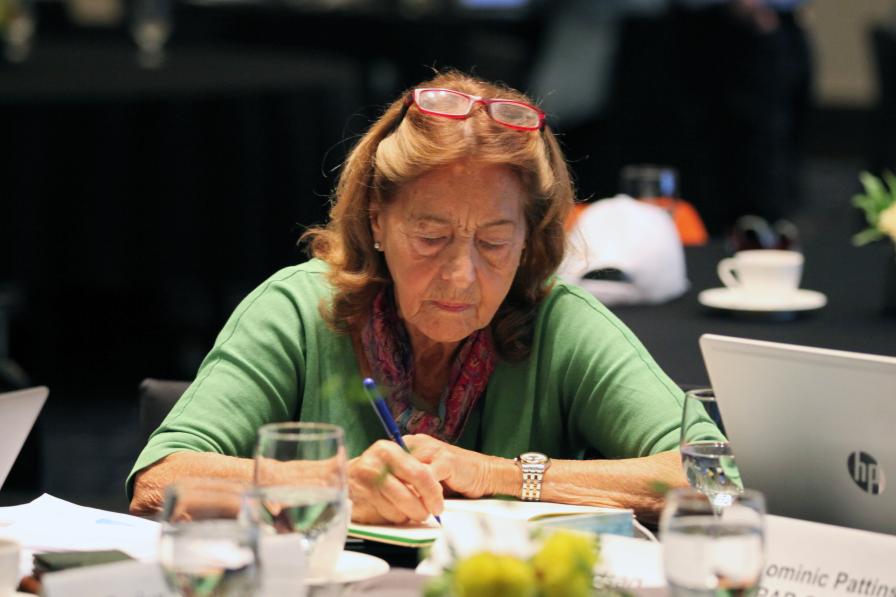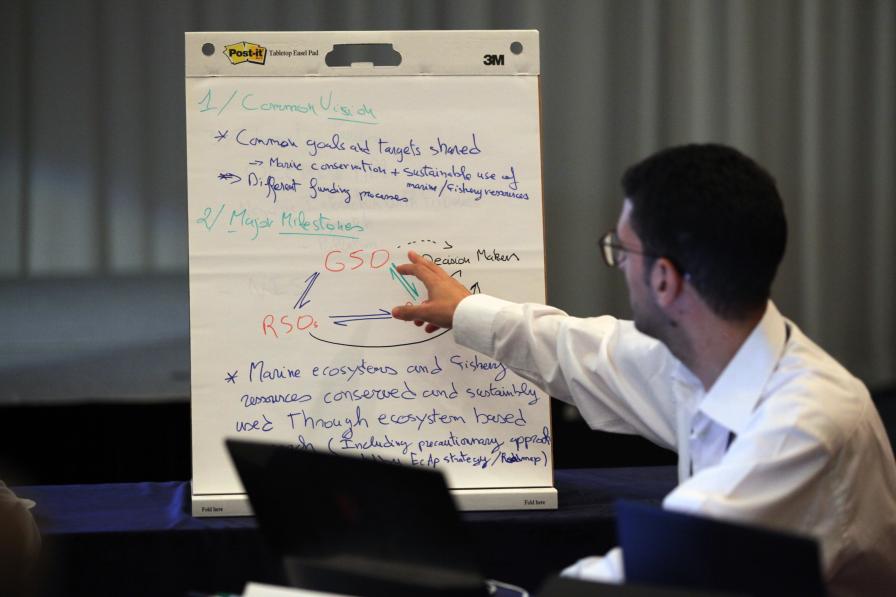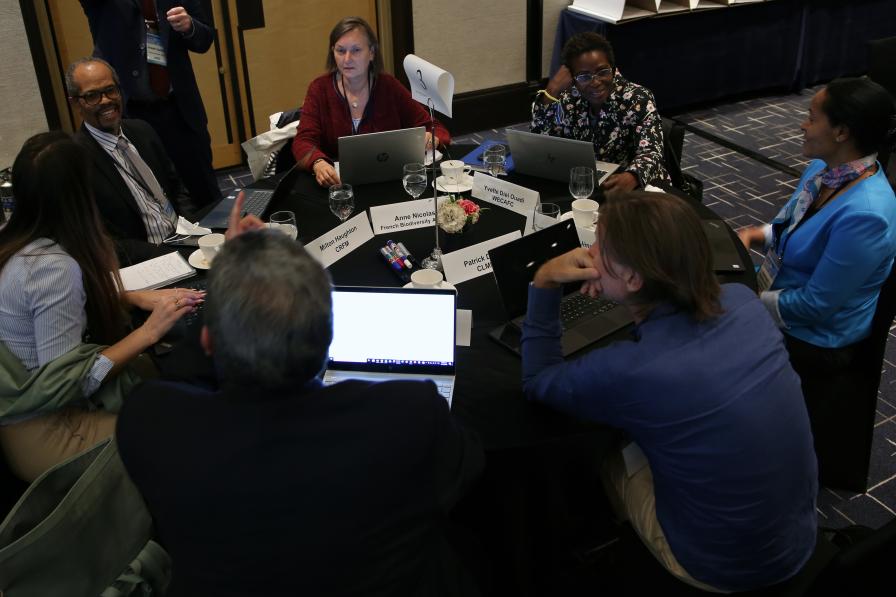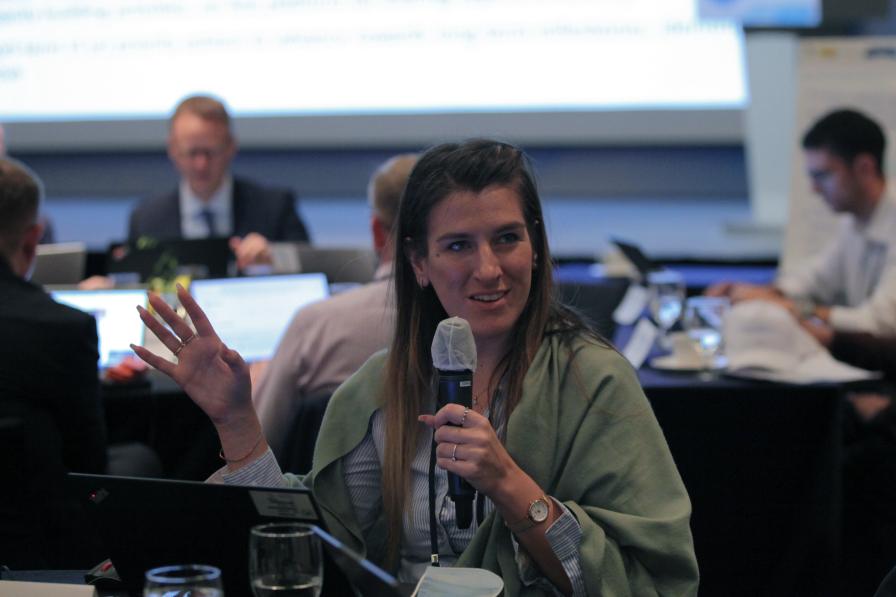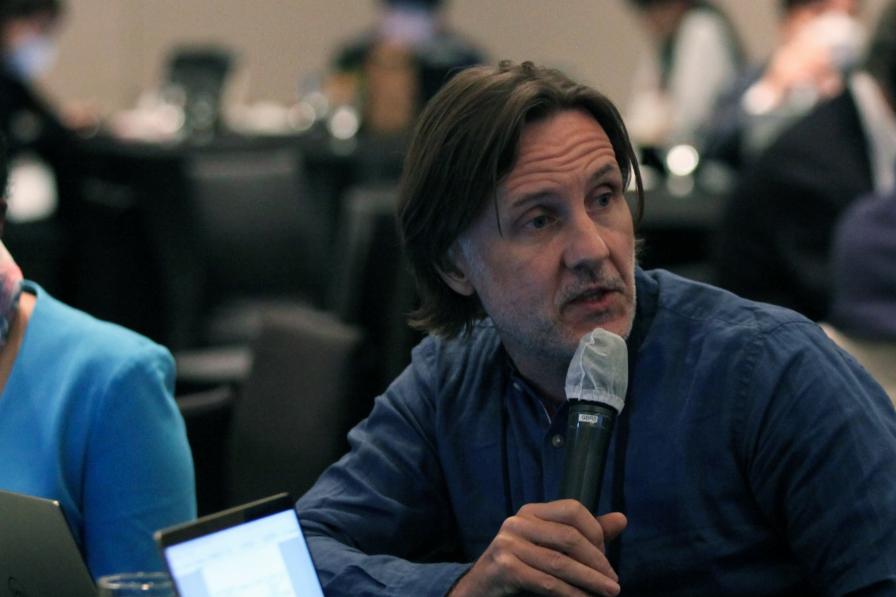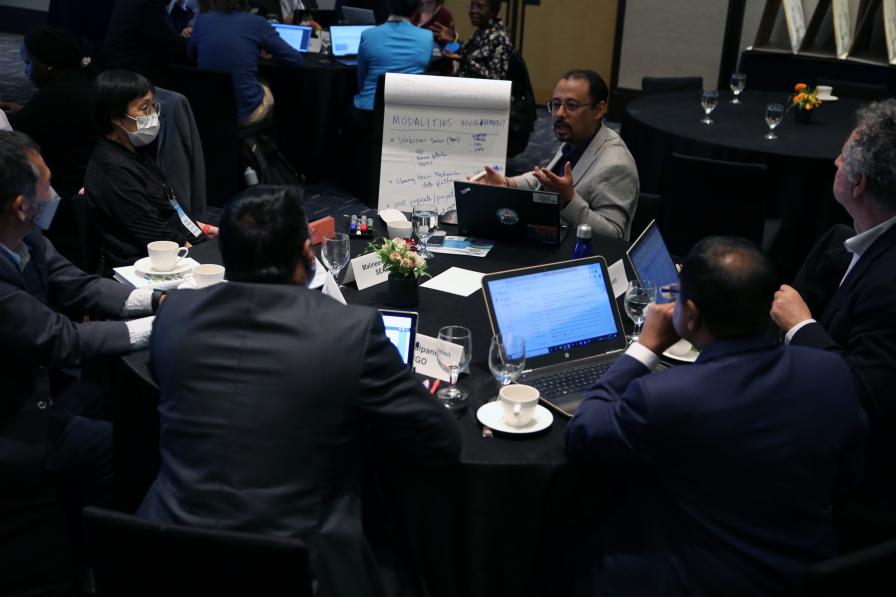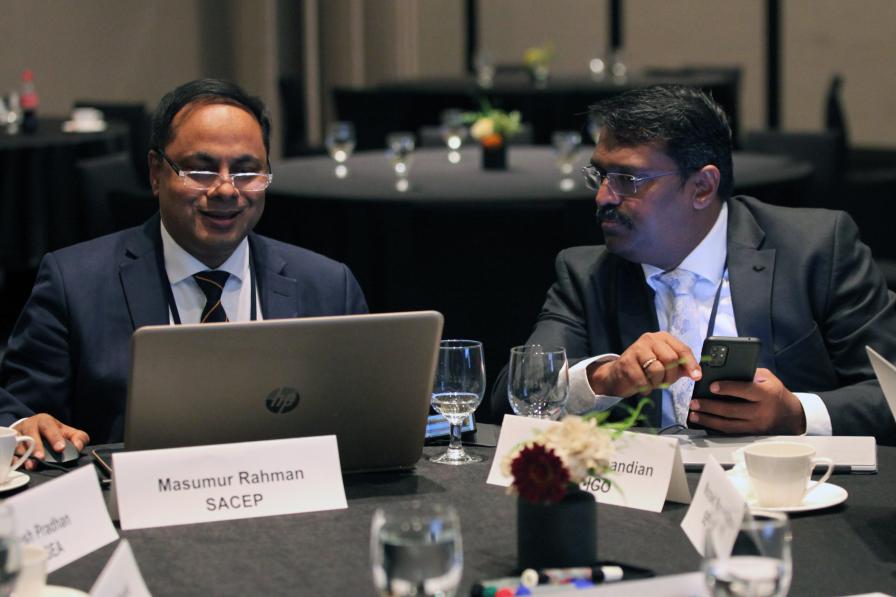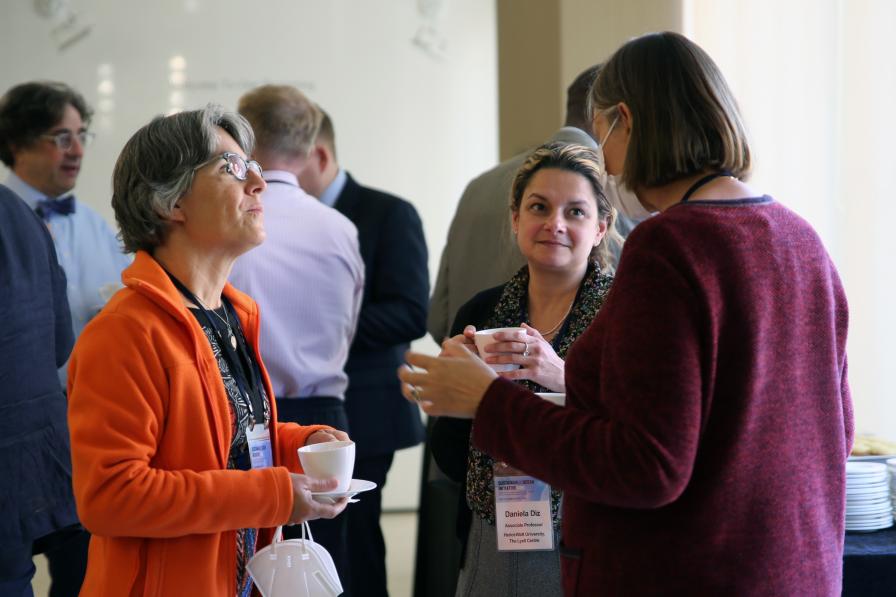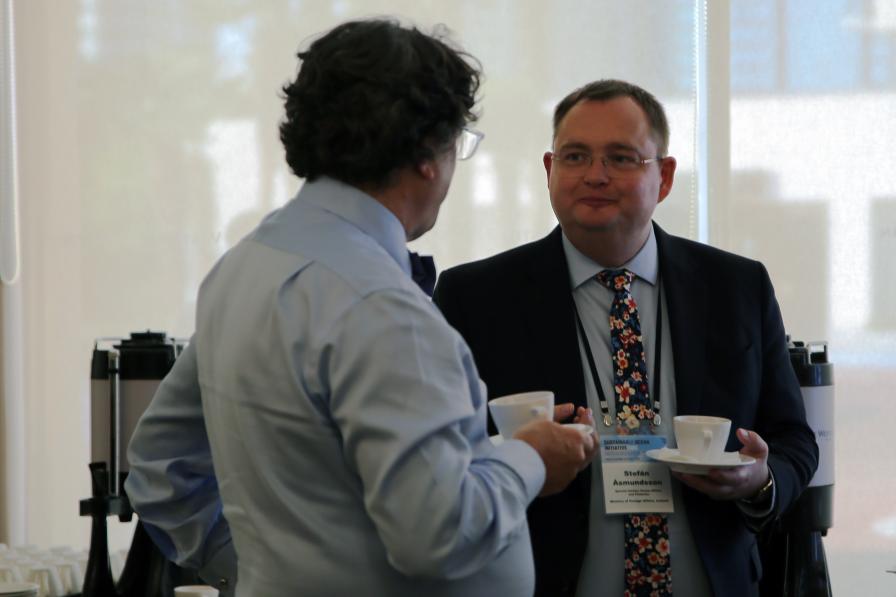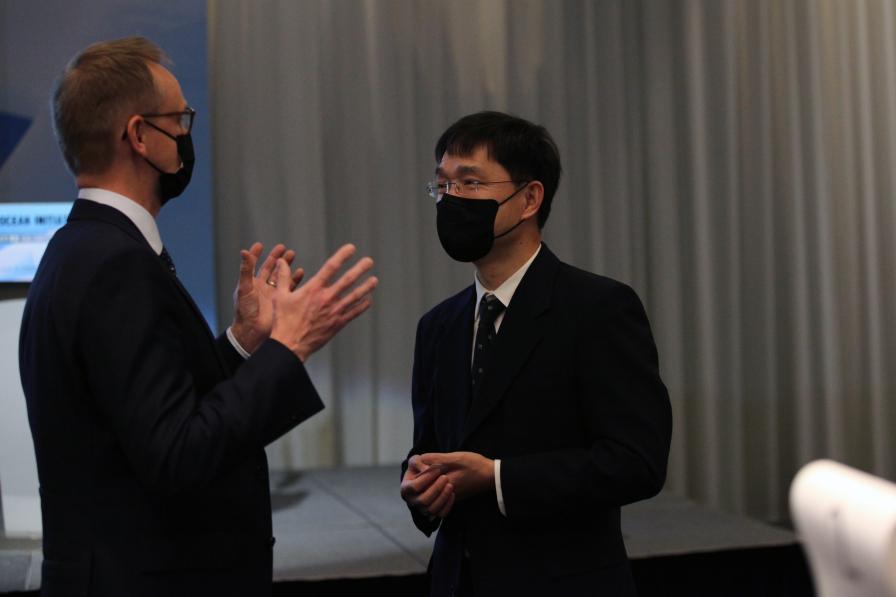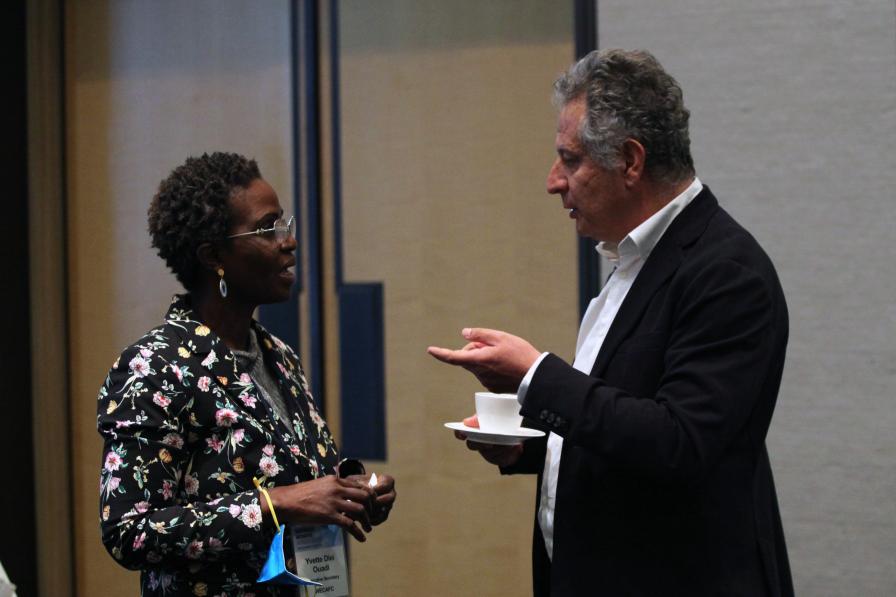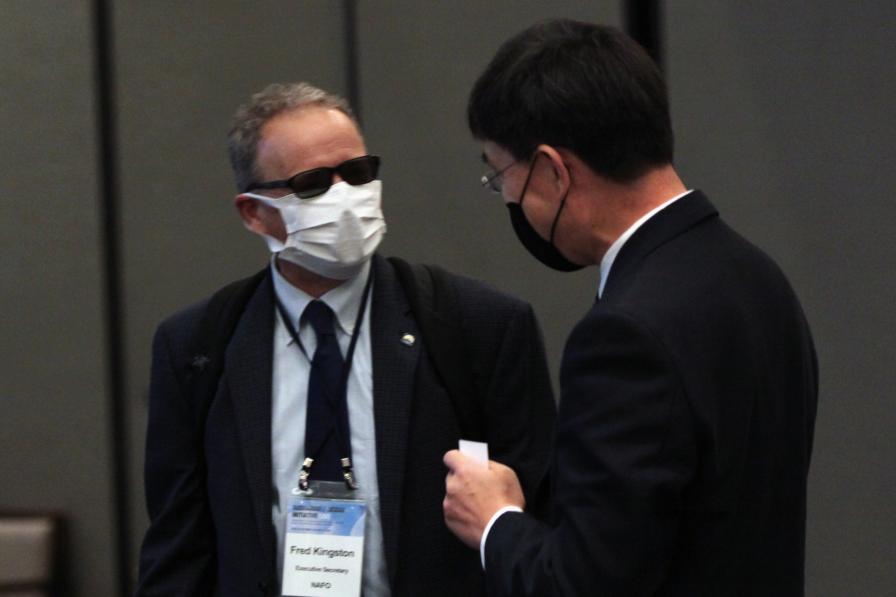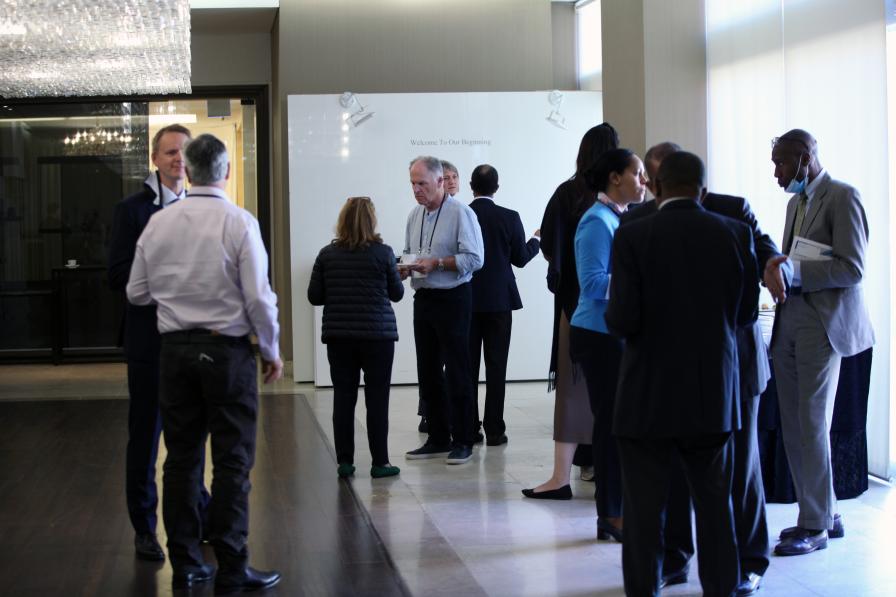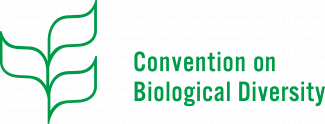The penultimate day of the dialogue saw participants continue breakout regional group discussions on how to advance cooperation towards the sustainable use and conservation of marine biodiversity. Each group worked together to create or revise actionable and achievable regional roadmaps towards this goal. As one participant suggested, “this is when the rubber hits the road.”
Before focusing on developing the roadmaps, regional groups provided feedback on their deliberations in breakout sessions from the previous day. On how the Post-2020 Global Biodiversity Framework goals and targets fit into existing regional goals, strategies, and mandates of regional seas organizations (RSOs) and regional fishery bodies (RFBs), as well as possible common elements among these, participants highlighted:
- the importance of disaggregating global goals at the regional level;
- blue carbon linking the biodiversity and climate change regimes;
- the need for data and capacity building;
- coordination challenges;
- adaptation to climate change impacts on area-based management and on local communities; and
- involving the private sector.
Bearing in mind that the main objective of the Global Dialogues is to maximize opportunities for sharing and understanding regional challenges and strengths, participants also identified opportunities for collaboration within the different regions. These opportunities commonly related to:
- joint work on ecosystem restoration;
- harmonization of measures and standards, including those related to biodiversity and stock assessment, and shared databases and clearinghouse mechanisms;
- guidance on marine spatial planning;
- translating science into policy;
- sustainable tourism;
- the use of low-impact gear;
- engaging sub-regional and other organizations and bringing together environment and fisheries ministries;
- invasive alien and “climate refugees” species, and improving understanding of the impacts of aquaculture, including social indicators; and
- capacity building and technology transfer.
Participants also pointed to other regional players that could be included in governance mechanisms and noted that post-2020 revisions to the Convention on Biological Diversity (CBD) Marine and Coastal Biodiversity Programme of Work should better recognize the role of regional processes.
To assist participants jointly working on their region-specific roadmaps, the CBD summarized elements of roadmaps captured during the previous Global Dialogue. Highlights of the presentation included having a common long-term vision, major milestones, issues of common interest, key actors, possible collaborative activities, and possible modalities to involve stakeholders from the region, with an emphasis on the need to capture short-term priority actions that will advance progress towards jointly-identified long-term milestones. Lessons learned in regional cooperation and coordination since the previous Global Dialogue included that:
- there are no one-size-fits-all solutions and approaches as regions vary according to political, economic, social, and environmental characteristics;
- building trust and mutual understanding is a long-term but essential process; and
- efforts to harmonize information and scientific advice across the region can help address the challenges posed by limited financial and human resources.
In ensuing discussions, participants commented on the paradigm shift whereby fisheries and conservation are no longer fully separated, with efforts related to Other Effective Area-based Conservation Measures (OECMs) providing a perfect example. They also noted the many ways that RSOs and RFBs can inform deliberations, particularly by providing the context of real practice and insight into the implications of decisions.
All ENB photos are free to use with attribution. For the 3rd Meeting of the SOI Global Dialogue, please use: Photo by IISD/ENB | Anastasia Rodopoulou
Western Indian Ocean and Adjacent Areas
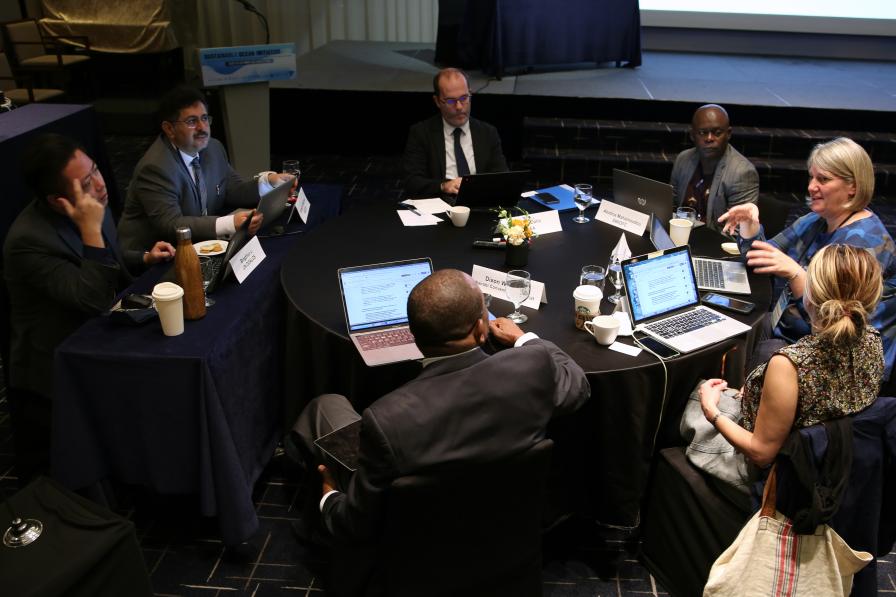
L-R: Bingzhuo Li, United Nations Division for Ocean Affairs and the Law of the Sea (UN DOALOS); Ahmed Al-Mazrouai, Secretary of the Regional Commission for Fisheries; José Dallo, International Seabed Authority; Abidina Mahamoudou, Southwest Indian Ocean Fisheries Commission (SWIOFC) Secretariat; Ulrika Gunnartz, SWIOFC Secretariat; Daniela Diz, Heriot-Watt University, The Lyell Centre; Dixon Waruinge, Coordinator, Secretariat of the Nairobi Convention
Southeast Atlantic
L-R: Soobin Shim, International Commission for the Conservation of Atlantic Tunas; Yacoub Issola, UN Environment Programme (UNEP); Kumbi Kilongo Nsingi, Benguela Current Commission; Aomar Bourhim, La Conférence Ministérielle Sur la Coopération Halieutique entre les Etats Africains Riverains de l’Océan Atlantique; Holly Brooks, World Conservation Monitoring Centre
North Atlantic, Baltic and Mediterranean
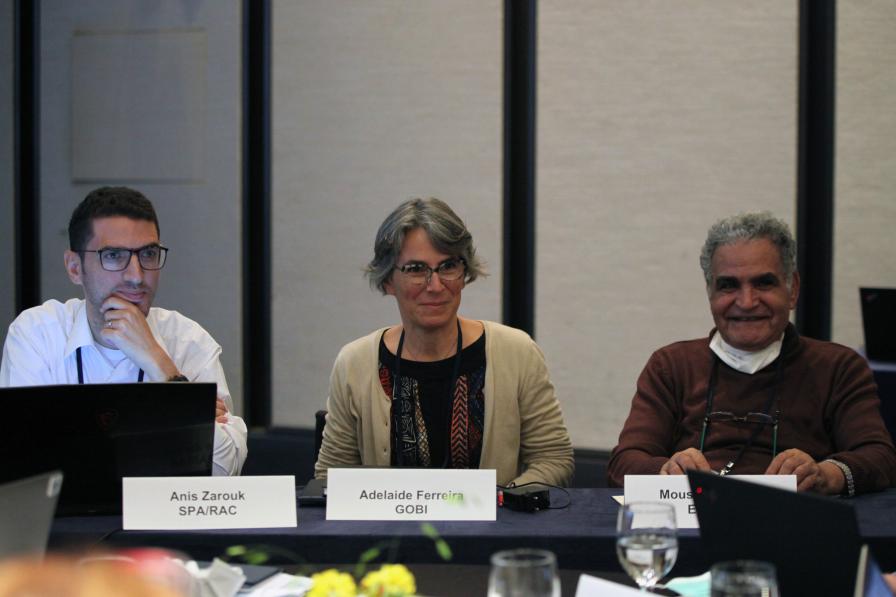
Anis Zarrouk, Specially Protected Areas Regional Activity Centre (SPA/RAC), Barcelona Convention; Maria Adelaide Ferreira, GOBI; Ahmed Al-Mazrouai, the Regional Commission for Fisheries (RECOFI), Egypt

